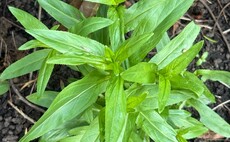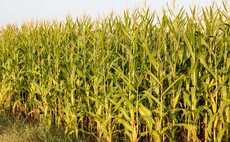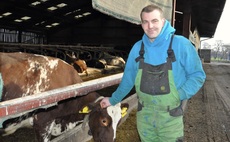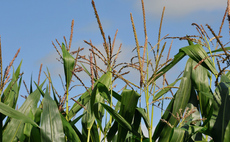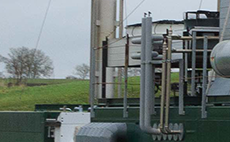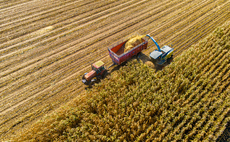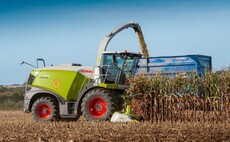maize
Livestock
Cumbrian dairy farmers Stephen and Mike Little have been growing maize in challenging conditions for more than 20 years with yields of over 60t/ha freshweight achieved
Arable
Minimal or no till may be to blame for rise in prevalence, says expert
Arable
Íæż½ã½ã looks at latest guidance for growers as to when and where to apply herbicides in order to maximise post-emergence performance.
Volac
For Shropshire farmer Mark Fitton, good silage is a key pillar for farm profitability, but it still has to be produced in a practical way
Arable
Forage stocks are in need of replenishment following previous disappointments
Livestock
It is well-known that legume crops such as peas and beans benefit from the use of an appropriate inoculant, and now experts suggest it could be the same for maize crops
Maize Crop Watch
Maximising methane output is the primary objective when running an anaerobic digester and, for the Channing family, this means growing the most consistent and high-quality maize feedstock across 405 hectares (1,000 acres). Good advice, on-farm analysis and growing the best varieties all play a part in success.
Maize Crop Watch
With maize the mainstay of his forage ration, dairy farmer Jon Bult takes no chances and opts for the best early maturing variety for his needs. An early maize harvest allows him to maximise his use of overwinter cover crops, delivering soil health benefits and the bonus of a Sustainable Farming Incentive payment.
Livestock
Following the poor performance of the 2024 maize crop, earlier maturing varieties could be an option to help maintain feed value
Livestock
Early maturing maize varieties will be popular this season, so growers should get orders in early to avoid missing out says Dr Simon Pope, maize manager at Wynnstay


 18 April 2025
•
4 min read
18 April 2025
•
4 min read
